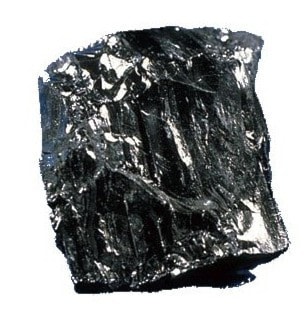Last year saw a spectacular rise in the value of steelmaking coal but the price has sagged in the first months of 2017 along with Teck Resources Ltd.’s share prices.
According to MINING.com, the price of metallurgical coal jumped from a multi-year low of US$78 per tonne at the start of 2016 to more than $300 at its peak price in November.
Over the course of that year, Teck’s stock surged about 450 per cent, from a low of about $4.45 in January to about $36 a share in November aided in large part by the rise of metallurgical coal. In early January, Teck’s shares were trading at about $26, mirroring the fall in the price of coal to below $170 per tonne.
Frederik Els, editor of MINING.com, said that the commodity has not yet reached its basement price. He speculated that steelmaking coal would continue to fall to an average value of about $140 for the rest of 2017.
“[This] is much better than where we were [at the beginning of 2016],” he said. “So it is good news.”
Els said one of the biggest reasons for last year’s dramatic increase in the value of steelmaking coal was a mining clampdown in China.
MINING.com said China is the world’s largest coal consumer. In April 2016, the Chinese government reduced the number of days their domestic coal mines could operate in a year from 330 to 276. Els said the policy was introduced to reduce the country’s legendary smog levels and consolidate the industry by forcing smaller mines out of business.
“[The policy] targeted [thermal] coal more but metallurgical coal got caught up in it,” he said. “This was to limit pollution. They were trying to move away from coal as much as they could.”
China has eliminated about 560 million tonnes of coal production capacity and closed 7,250 coal mines in the last five years. Despite this, it still had around 11,000 coal mines in operation at the end of 2015, with a total capacity of 5.7 billion tonnes, said a report in MINING.com.
In addition to lower production in China, Els said speculation had a lot to do with late 2016’s high prices.
The year began with metallurgical coal trading at a historic low. This caused bankruptcy induced closures of mines, which depleted the global supply. In response, metallurgical coal, iron ore and steel values went racing ahead to last November’s high, he said.
“It was a bit of a bubble,” said Els. “Three-hundred plus was an anomaly. Few people thought it would stay there.”
Nic Milligan, manager of Community and Aboriginal Affairs for Teck Coal Limited, acknowledged the ongoing volatility of the coal market. However, he said the situation is better now than it was around the same time last year when the company announced that it was withdrawing its Coal Mountain Phase 2 project from environmental assessment. The decision means that mining will end at Coal Mountain operations in the fourth quarter of this year. The suspension of the project was part of a plan to cut 1,000 jobs around the world and reduce spending by $650 million.
“The recent reduction in spot prices should be taken in context with what are still good prices compared to this time last year but the volatility demonstrates that we still need to stay focused on cost efficient production,” said Milligan.
Teck announced their third quarter 2016 results last October, which predicted that total production for 2016 would be between 27 and 27.5 million tonnes from its five coal mines in the Elk Valley and their other steelmaking coal operation in west-central Alberta.
Teck will release its Q4 2016 results on Feb. 15, which will include anticipated production for 2017.
